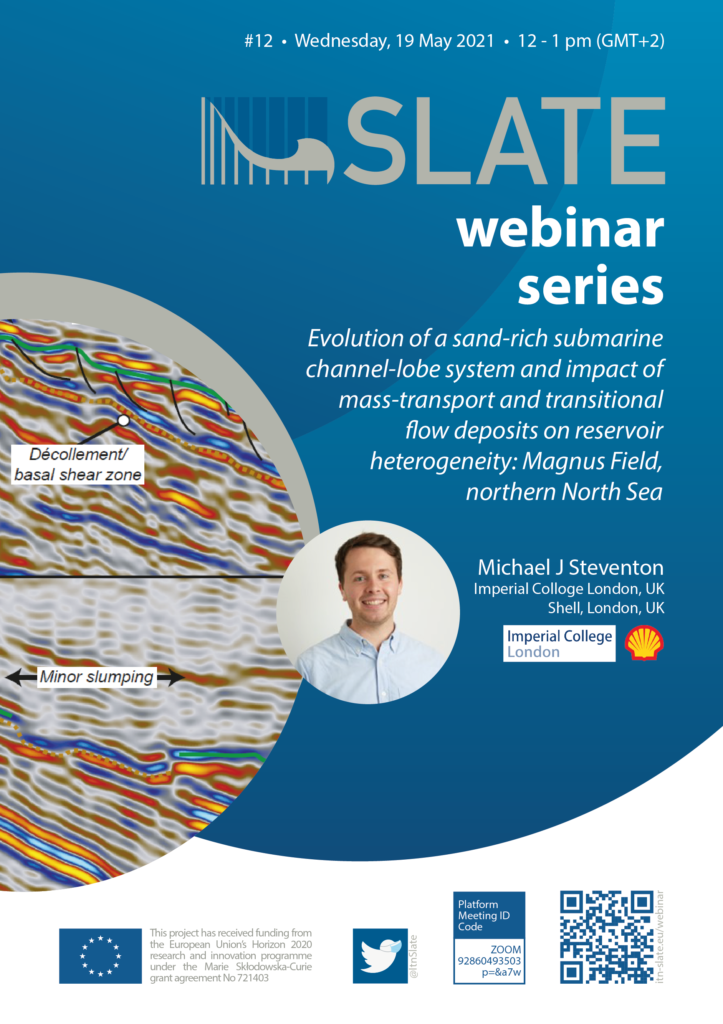
The geometry, distribution, and rock properties (i.e. porosity and permeability) of turbidite reservoirs, and the processes associated with turbidity current deposition, are relatively well known. However, less attention has been given to the equivalent properties resulting from laminar sediment gravity-flow deposition, with most research limited to cogenetic turbidite-debrites (i.e. transitional flow deposits) or subsurface studies that focus predominantly on seismic-scale mass-transport deposits (MTDs). Thus, we have a limited understanding of the ability of sub-seismic MTDs to act as hydraulic seals and their effect on hydrocarbon production, and/or carbon storage. We investigate the gap between seismically resolvable and sub-seismic MTDs, and transitional flow deposits on long-term reservoir performance in this analysis of a small (<10 km radius submarine fan system), Late Jurassic, sandstone-rich stacked turbidite reservoir (Magnus Field, northern North Sea). We use core, petrophysical logs, pore fluid pressure, quantitative evaluation of minerals by scanning electron microscopy (QEMSCAN), and 3D seismic-reflection datasets to quantify the type and distribution of sedimentary facies and rock properties. Our analysis is supported by a relatively long (c. 37 years) and well-documented production history. We recognise a range of sediment gravity deposits: (i) thick-/thin- bedded, structureless and structured turbidite sandstone, constituting the primary productive reservoir facies (c. porosity = 22%, permeability = 500 mD), (ii) a range of transitional flow deposits, and (iii) heterogeneous mud-rich sandstones interpreted as debrites (c. porosity = <10%, volume of clay = 35%, up to 18 m thick). Results from this study show that over the production timescale of the Magnus Field, debrites act as barriers, compartmentalising the reservoir into two parts (upper and lower reservoir), and transitional flow deposits act as baffles, impacting sweep efficiency during production. Prediction of the rock properties of laminar and transitional flow deposits, and their effect on reservoir distribution, has important implications for: (i) fluid flow concepts, particularly in predicting the seal potential of MTDs, (ii) pore pressure prediction within turbidite reservoirs, and (iii) the impact of transitional flow deposits on reservoir quality and sweep efficiency.
- Wednesday, 19 May 2021
- 12 pm – 1 pm (GMT+2)
- via ZOOM
- permanent Zoom Link
- ID: 928 6049 3503 Code: p=&a7w
Webinar Flyer:


